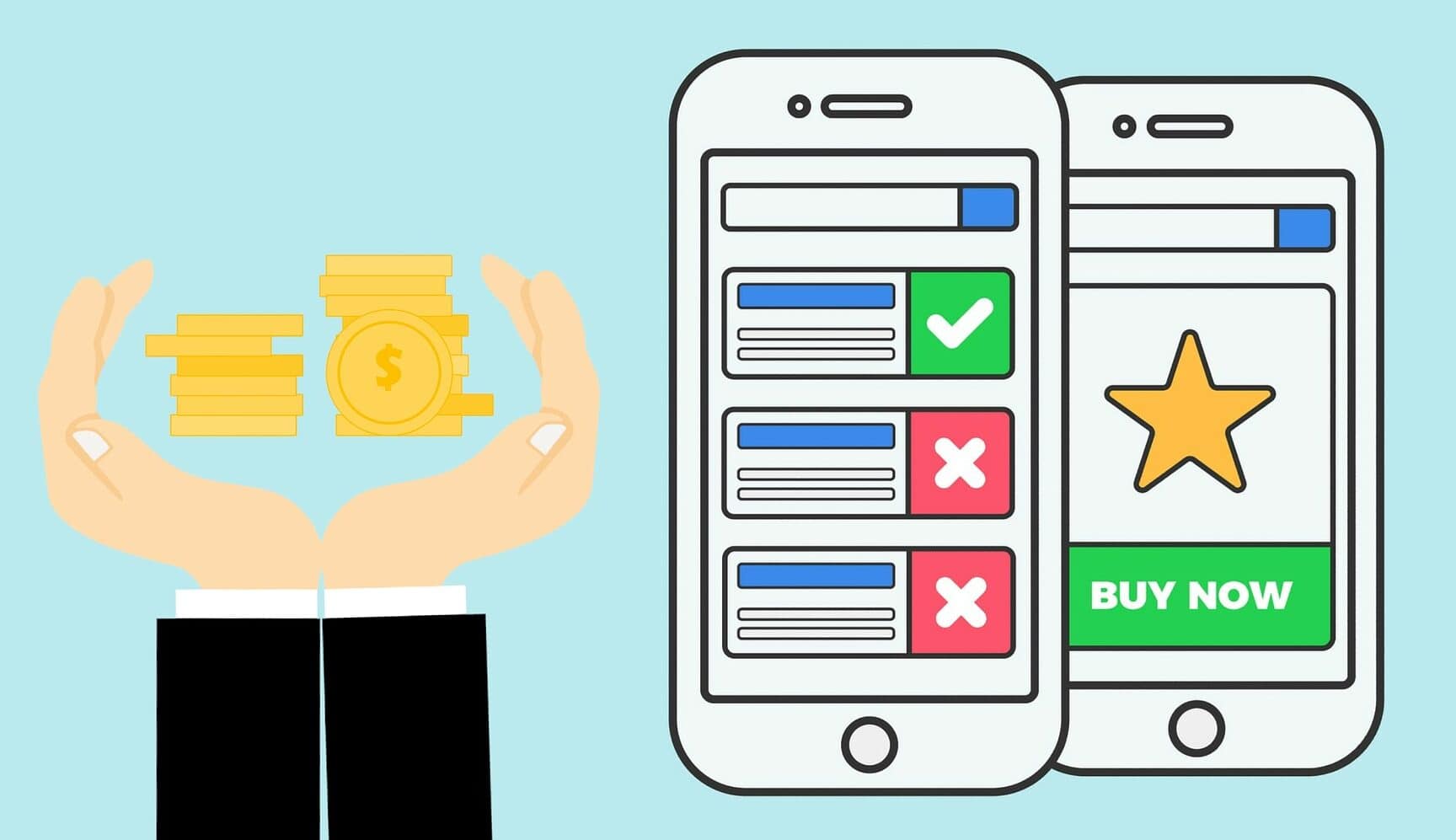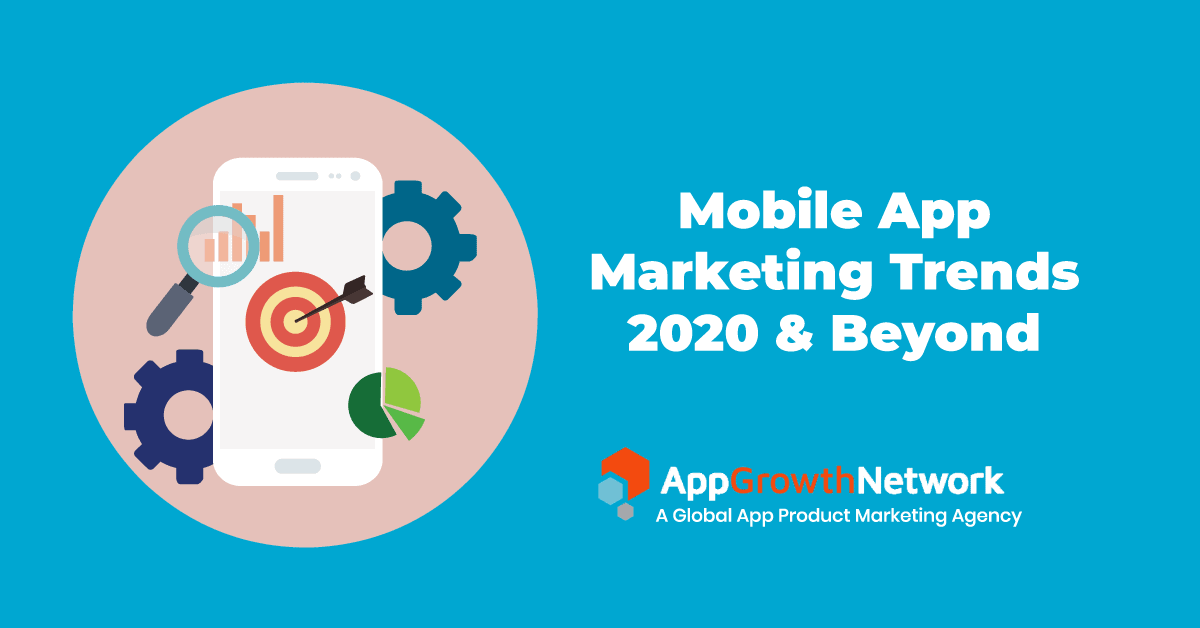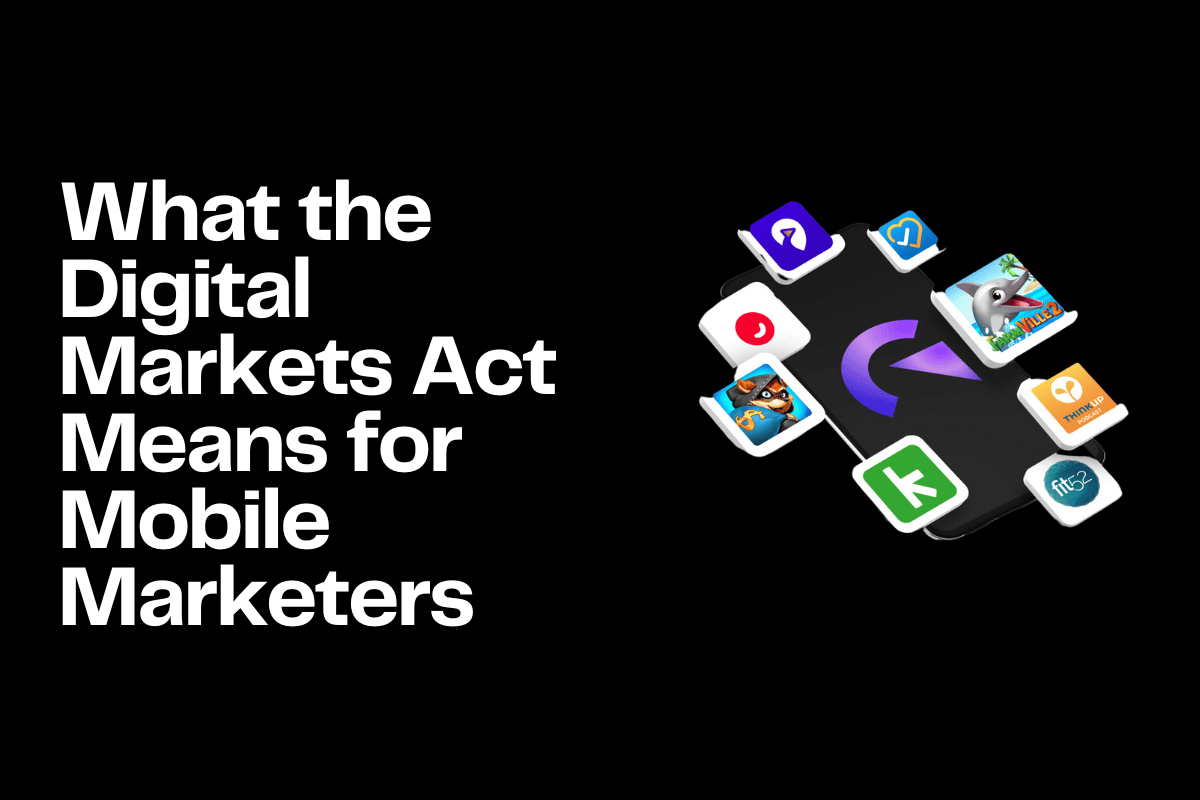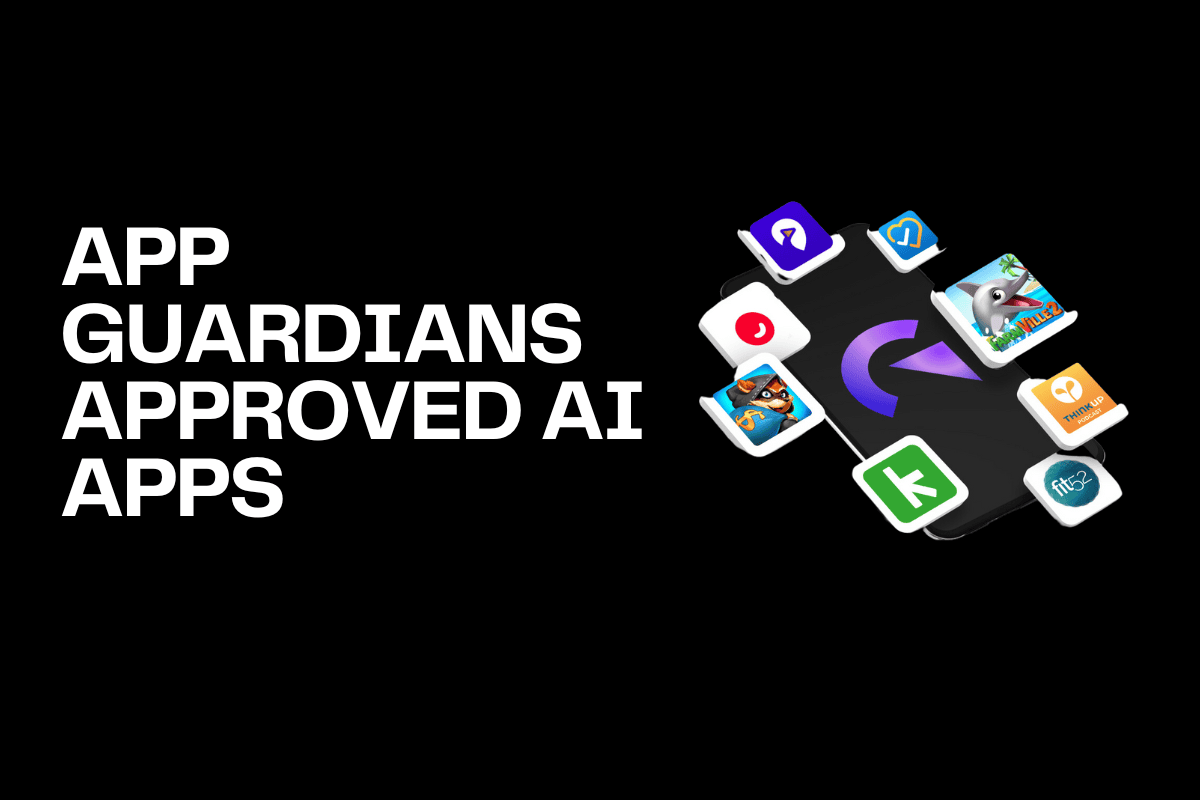Mobile App Marketing Trends 2020 & Beyond
One lesson that the COVID pandemic has taught us is that societies, industries and economies can change unexpectedly at a rate and scale that nobody has the ability to predict. Announcing far-reaching forecasts with an absolute guarantee is not only misleading but also futile. But what we can do is highlight trends and the overall direction that the mobile app industry has been taking and will likely continue taking into the near future.
What we know for certain is that various app verticals have shown great resilience throughout the global pandemic. App installs increased significantly in Gaming (75%), Business (70%), Education (40%), Entertainment (37%), E-Commerce (31%) and Food/Drink (21%). This makes sense – as people were on lockdown in their homes, all work, school, social and entertainment activities were forced to go digital.
But as the lockdown measures continue lifting, we can expect to keep feeling the effects of a stalled economy. So while app installs may increase, we expect to see engagement numbers that are much higher than revenue, especially in growth markets. And besides COVID, there are iOS 14 updates making waves in the industry in terms of changes in workflow and overall business strategy.
So let’s dive into the top mobile app trends that we see happening now in 2020 and ones that are predicted to stretch into 2021:
- Automation, automation, automation
- Creative Opt-in Strategies for iOS 14 Tracking Consent
- Evolution of Monetization Strategies
- An Increased Emphasis on Promoting Via the App Store
Whats in this article
1) Automation, automation, automation
As revealed in an interview with Philip Bruno of Adjust, their research found that “marketers spend a disproportionate amount of time managing campaigns – like merging data and managing bids – and less time doing the important work like developing strategy, producing strong creative and coming up with compelling content.”
They uncovered that marketers handle an average of 19 ad campaigns across 14 different networks and media sources. The digital marketers surveyed identified their biggest pain points as making sense of disparate sources of data, updating bids and budgets, and managing campaigns accurately.

Automation not only performs ‘pain point’ actions faster but it also does it more accurately and efficiently. Mobile publishers can create more value by focusing their efforts on adjusting app products and strategies to the changing user needs while still running mobile ads that are effective and meet target KPIs, like LTV or ROAS. That’s where automation comes to save the day. The optimization is happening around the clock without their supervision.
In order to scale quickly, automation is the only way to be able to perform in so many markets and channels. As time is limited, humans should be spending it wisely where the value is created, which machine learning allows for.
2) Creative Opt-in Strategies for iOS 14 Tracking Consent

Every app developer is encouraged to create an optimized consent flow and UX design that will maximize opt-ins before the ATT (App Tracking Transparency) framework is integrated. Developers will only get one opportunity to trigger the Apple tracking consent pop-up, so the advice is to have the proper research conducted to figure out when the optimal time within the app journey is for that pop-up to appear. Testing is crucial!
For the ask itself, a persuasive pre-permission prompt could be the way to go. Since this prompt is completely customizable, we expect to see a variety of creative approaches to get the “Allow Tracking” button clicked. From design to incentivizing users by offering them rewards, opt-in strategies are likely to evolve into a slew of creative approaches.
3) Evolution of Monetization Strategies

Audio ads are also entering the scene. For gamers, in-game audio ads are ranking higher than rewarded video. 67% of gamers say that they prefer ads that do not interrupt the game, which could account for the effectiveness of audio ads versus visual or video ads. The findings also revealed that 61% of respondents listened to music on their phones while playing games, which creates the perfect opportunity for this format.
Data monetization is another app monetization model that may continue moving up in the ranks. With the advancements in technology and big data, user information can easily be anonymized and quantified. More app developers may recognize the data monetization advantage because it serves as a huge source of revenue without negatively affecting the app user experience.
4) An Increased Emphasis on Promoting Via the App Store

Along these lines, App Store Optimization will also take center stage as apps need to do everything possible to boost organic installs. Many publishers may be hesitant about paid ad spend for a time and organic UA will become even more important. As such, ratings and reviews will continue to be crucial as people’s expectations of a positive (peer-approved) app experience keep rising.
Summary
Truth is, nobody really knows what any industry – even the mobile industry – will look like a year from now. There are big question marks around the post-COVID world and economy, just as there are huge question marks around how the iOS14 updates will ultimately affect mobile advertising in the long run. Based on what we’ve seen and the other industry professionals we interact with, we see the following as the top mobile trends:
- Automation is the future – without it, mobile managers will simply not be able to keep up with demanded changes.
- Creative opt-in strategies – getting the consent for tracking when iOS 14 kicks in is crucial for most apps, so maximizing the chance for getting users to accept will result in some novel approaches.
- Rethinking app monetization strategies – downloads are at an all-time high but diminished purchasing power could halt revenue and require the adoption of new ways to monetize.
- More importance on ASA and ASO – with Apple as the only definite provider with allowed access to app user data, a solid strategy for Apple Search Ads and App Store Optimization for organic installs will be more important than ever.
Related Articles
The Digital Markets Act and the Digital Services Act are two major pieces of legislature brought forth from [...]
The artificial intelligence trend is everywhere. It’s easy to get caught up in the mix when searching for [...]
For Wellness apps, the most challenging approach is the conversion of the user from passive to active. [...]










